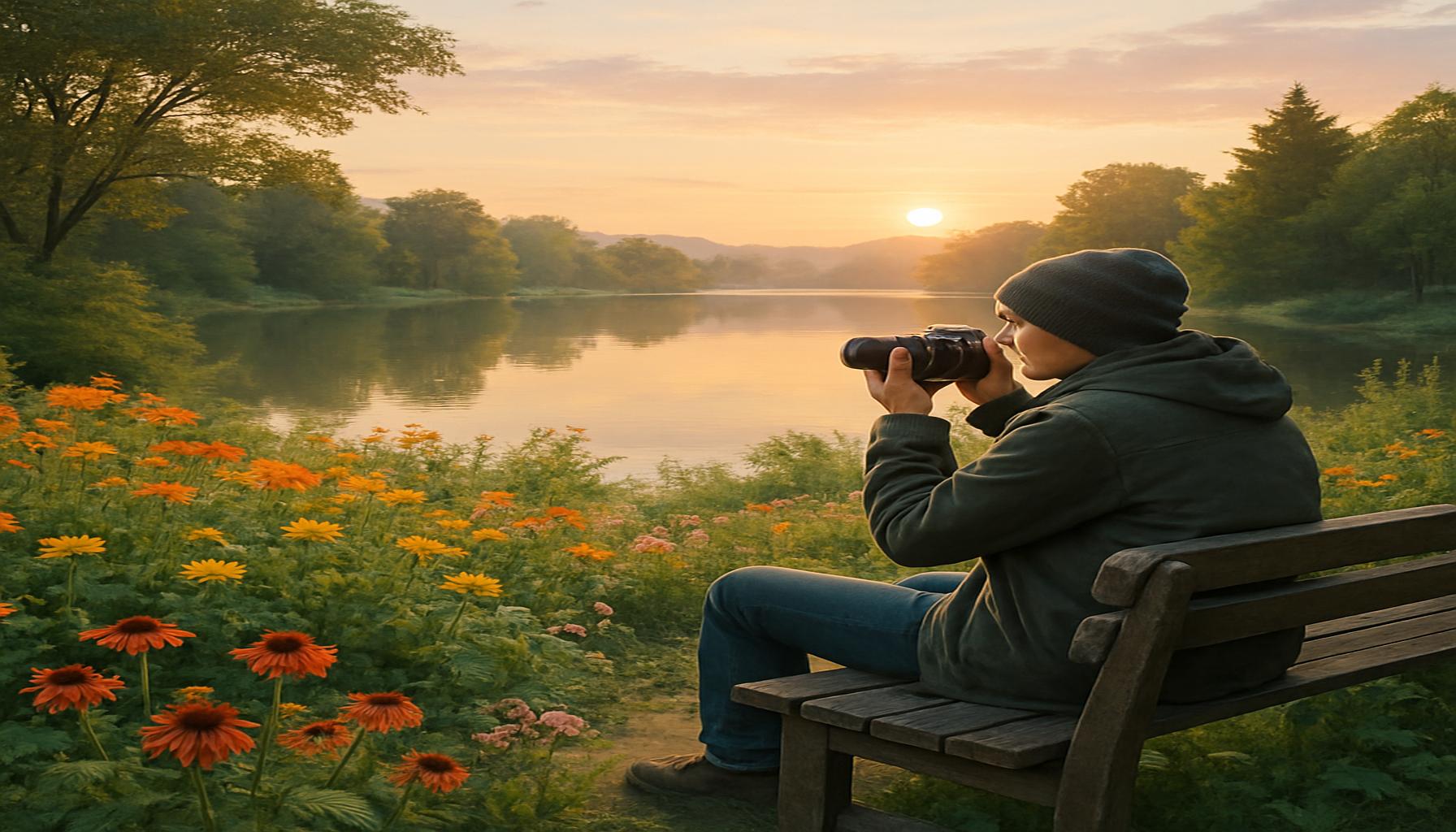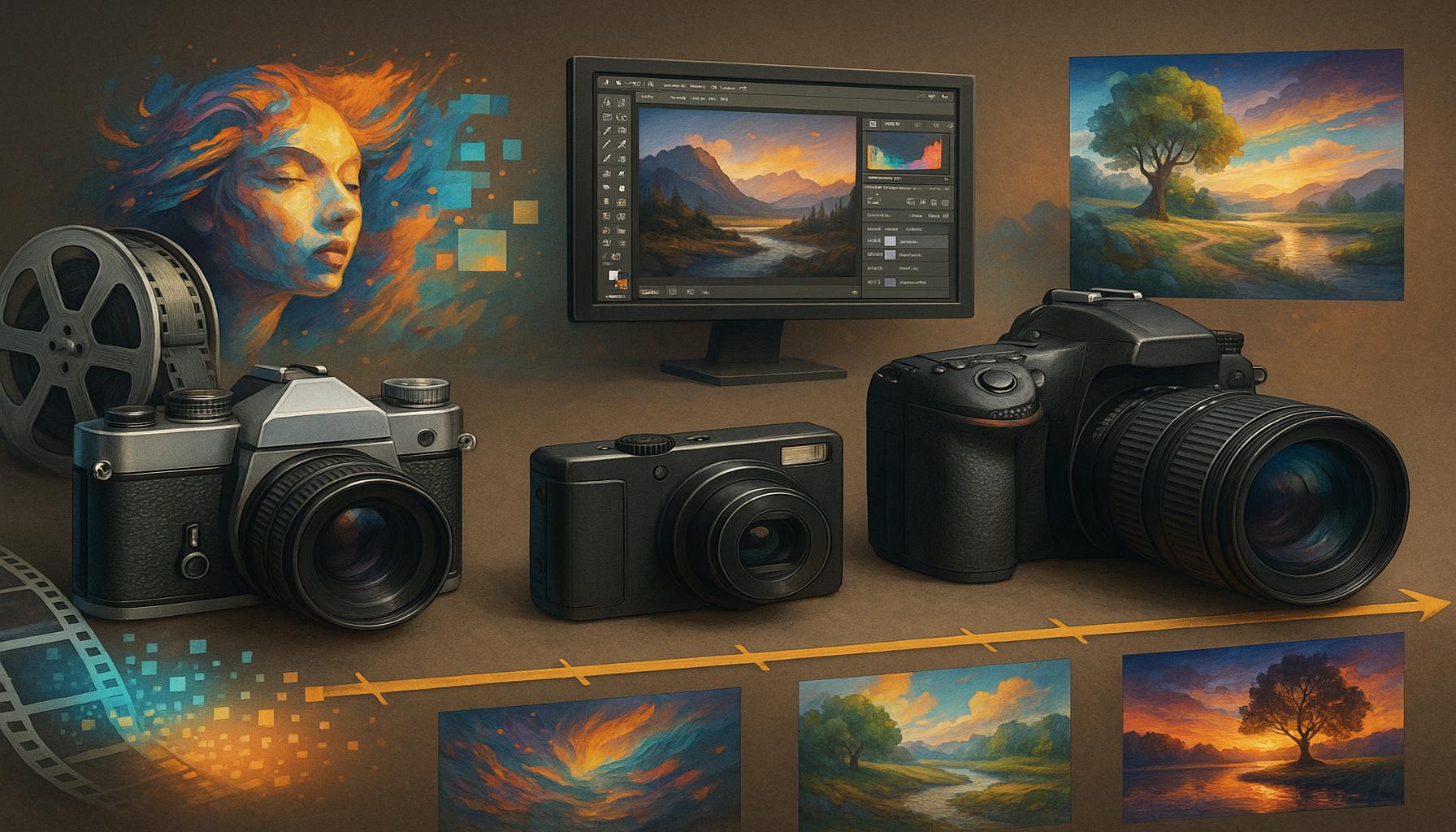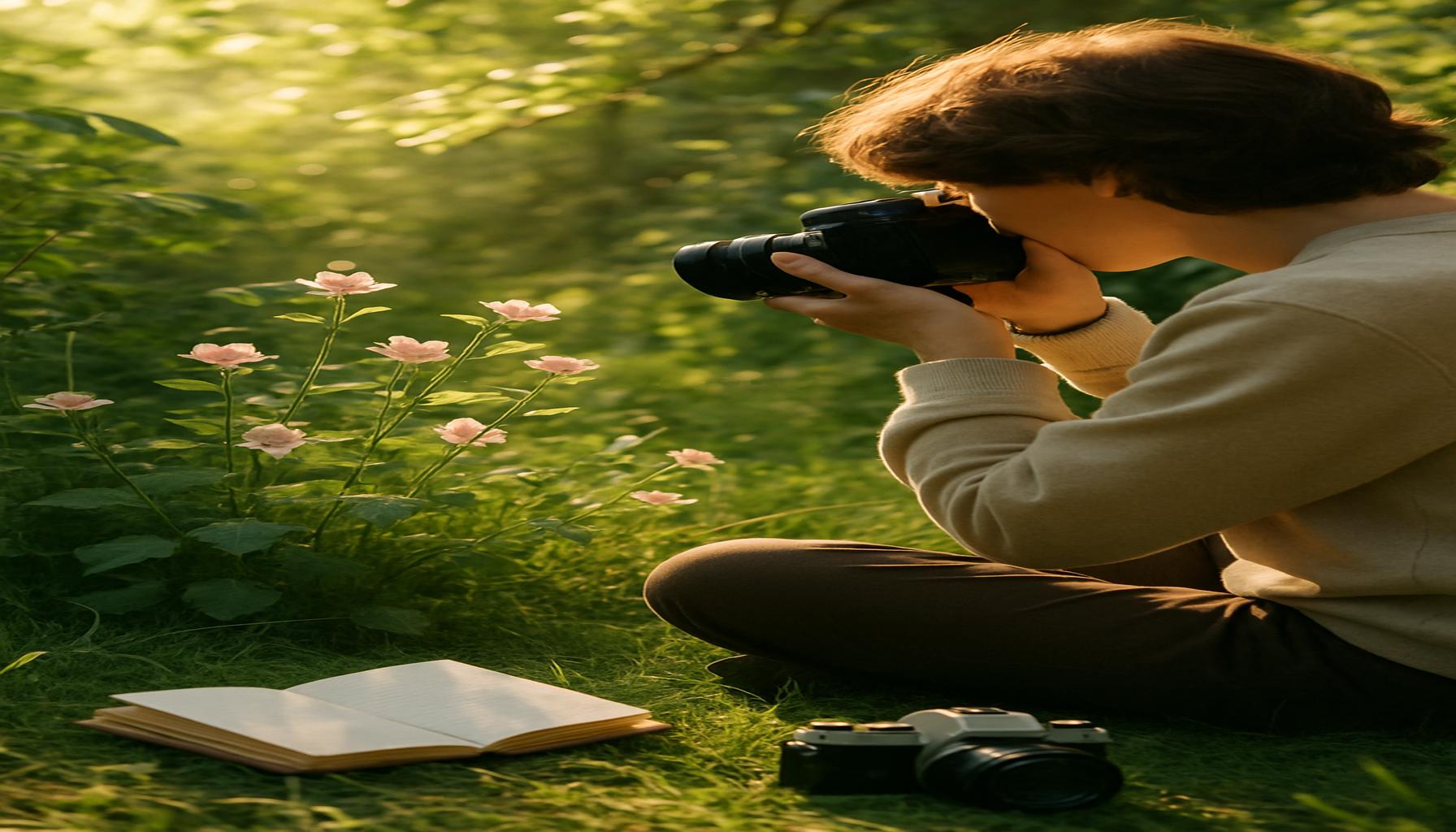Travel Photography: Tips for Documenting Adventures and Cultures Around the World
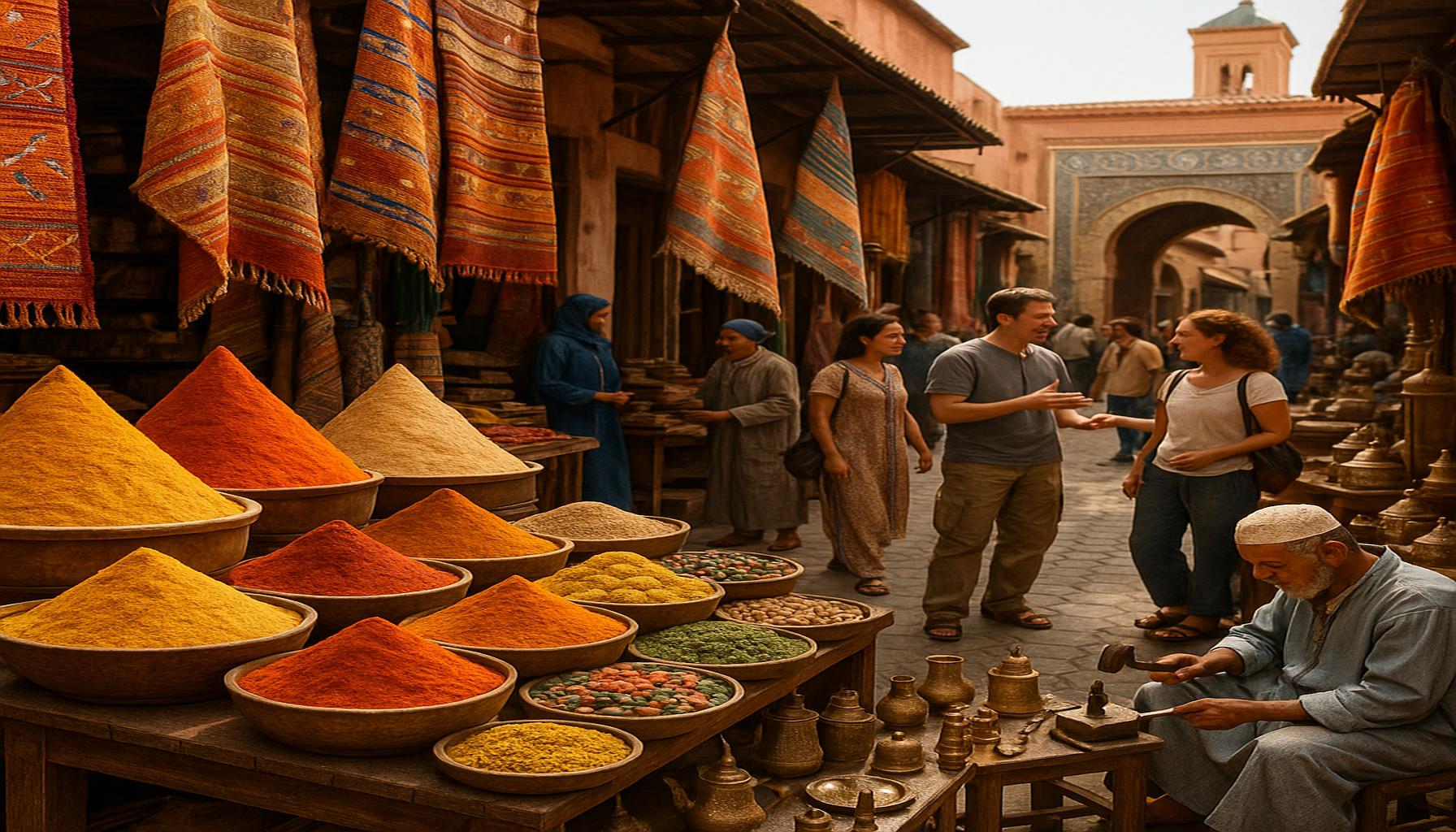
Unleashing Your Inner Travel Photographer
Travel photography transcends the simple act of taking snapshots; it is fundamentally about encapsulating the essence of locations, cultures, and experiences through your lens. Each journey you embark on is filled with unique stories waiting to be captured, creating a visual diary that not only serves to preserve memories but also connects you with diverse cultures around the world.
As you embark on your travel photography adventure, consider these key elements to truly elevate your craft:
- Storytelling: Every photograph has the potential to tell a story. Instead of merely documenting a picturesque scene, think about what emotions or narratives are evoked. For instance, a photograph of a crowded street in Marrakech might convey the hustle and bustle of local life, showcasing vibrant colors and patterns that highlight the culture.
- Experiences: To create authentic images, immerse yourself in the local environment and engage with the residents. This could mean sharing a meal at a family-owned restaurant or volunteering at a local charity. These interactions often lead to intimate, candid moments that can enrich your photography, as seen in many stunning portfolios of street photographers who have built friendships with local communities.
- Variety: To create an engaging portfolio, incorporate a multitude of photographic techniques. This might involve capturing sweeping landscapes, close-up portraits of people you meet, and energetic candid shots during festivals. For example, during a visit to New Orleans, photographing the vibrant street performers while also taking serene shots of the bayou at sunset can provide a well-rounded perspective of the locale.
By embracing these techniques, your travel photography will not only improve but also become a source of inspiration for others. Traveling to places like the stunning cliffs of Big Sur or the historical neighborhoods of Charleston presents myriad opportunities to explore various photographic angles. Each location can become a canvas for your creativity, inviting you to experiment with composition, lighting, and techniques.
In this guide, we’ll delve into essential tips and tricks that will help you refine your travel photography skills. You’ll learn how to discover the world through your lens, allowing your adventures to be beautifully documented and visually telling. Whether you’re photographing a bustling street market in Bangkok or the tranquil landscapes of the American Southwest, these insights aim to enhance your vision and storytelling ability. So grab your camera, venture out, and start capturing the incredible stories that await you!
DIVE DEEPER: Click here to uncover the transformation of artisan traditions
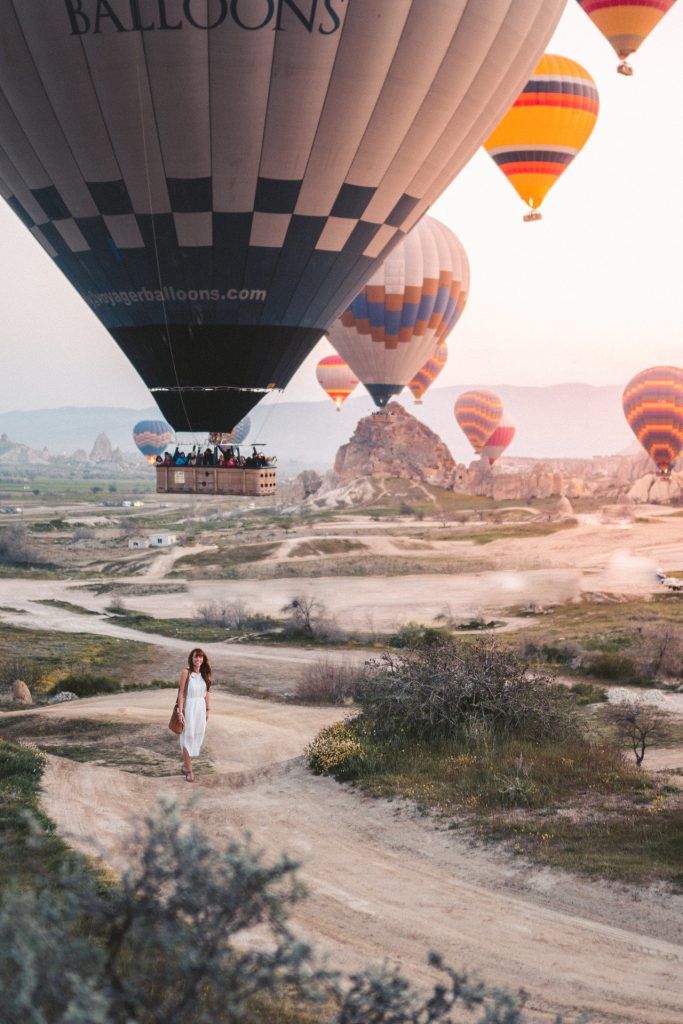
Mastering the Art of Composition
One of the most essential skills in travel photography is mastering composition, which refers to how elements are arranged within your frame. Understanding the principles of composition not only enhances your images but also attracts viewers by guiding their eyes through your photographs. To improve your travel photography, consider these fundamental compositional techniques:
- Rule of Thirds: This classic technique involves dividing your frame into three equal parts, both horizontally and vertically. Place the key elements of your scene along these lines or at their intersections to create a more balanced and engaging photo. For example, in a landscape shot of the Grand Canyon, positioning the horizon along the top third can emphasize the dramatic sky.
- Leading Lines: Utilize natural lines, such as roads, waterways, or even architectural elements, to lead the viewer’s eye toward your subject. This can add a sense of depth and perspective to your photographs. In cities like Chicago, capturing the lines of a winding river or the lines of streets can create an inviting composition.
- Framing: Frame your subject using elements within the scene, such as arches, doorways, or branches. This technique draws attention to the focal point while adding context and layering to your image. For instance, photographing a bustling market in Istanbul through a decorative arch can enhance both the view and the experience.
In addition to these techniques, remember that patience and observation are key. Great photography often requires waiting for the right moment. For example, catching the golden hour—just before sunset or after sunrise—can dramatically transform the quality of your images, providing soft, warm light that beautifully enhances colors.
Connecting with Local Cultures
As you travel, engaging with local communities can enrich your photography and offer unparalleled opportunities for authentic images. Building connections with people not only results in stunning portraits but also helps tell the deeper stories of the places you visit. Here are some strategies to consider:
- Ask for Permission: When photographing individuals, especially locals, always seek their consent. A simple request can lead to a genuine interaction, and often people will respond positively, allowing you to capture their essence in a portrait.
- Participate in Cultural Events: Attend festivals, street fairs, or local events to immerse yourself in the culture while capturing dynamic moments of celebration. For instance, documenting the vibrant colors and excitement of Mardi Gras in New Orleans provides a stunning visual narrative.
- Learn about Traditions: Take time to educate yourself about local customs and practices. This knowledge enriches your understanding and enables you to photograph scenes with context. Whether it’s understanding the significance of a local temple in Kyoto or the art of family gatherings in Tuscany, this insight transforms your approach to capturing images.
By combining a thoughtful approach to composition with genuine connections to local cultures, you’ll not only enhance your travel photography skills but also build a captivating visual narrative that resonates with audiences back home.
Mastering Travel Photography Techniques
Understanding the art of travel photography is essential for capturing the essence of your journeys. One of the vital techniques to master is composition. Always remember the rule of thirds; by positioning your subjects off-center, you can create more engaging images. Experimenting with different angles can transform a mundane shot into a captivating story. Lighting also plays a critical role in photography. The best time to capture stunning images is during the golden hours—shortly after sunrise and before sunset—when the light is soft and warm. This natural illumination can significantly enhance the mood of your travel photos, making landscapes and portraits come alive.Moreover, storytelling is a powerful element in travel photography. Each image should convey a narrative, whether it’s highlighting a local tradition, showcasing diverse cultures, or documenting the intricate details of a bustling market. To enrich your storytelling, consider including people interacting with their environment or candid moments that reflect authentic emotions. Carrying the right gear is equally important for documenting your adventures. A versatile camera with interchangeable lenses can help you adapt to different environments, while a lightweight tripod can be beneficial for steady shots in low-light conditions. Additionally, always have extra batteries and memory cards, as capturing the unexpected is a hallmark of great travel photography.Finally, immerse yourself in the local culture. Engage with the community, explore lesser-known locations, and embrace spontaneity. These experiences not only yield remarkable photographs but also allow you to document stories that resonate on a deeper level, capturing the true spirit of your adventures around the globe.
| Photography Techniques | Key Features |
|---|---|
| Composition Mastery | Utilize the rule of thirds for dynamic images |
| Lighting Utilization | Capture during golden hours for stunning shots |
Integrating these practical tips into your travel photography repertoire will not only enhance the quality of your images but also transform the way you experience and document the diverse cultures and adventures that the world has to offer.
DISCOVER MORE: Click here for insights on photography as therapy
Utilizing Natural Light and Weather Conditions
One of the most important aspects of travel photography is understanding and harnessing the power of natural light and varying weather conditions. The right lighting can elevate an ordinary scene into something magical, while challenging weather can provide unique opportunities for captivating shots. Here are some tips to help you make the most of light and weather during your travels:
- Golden Hour Magic: Photographers often refer to the periods shortly after sunrise and just before sunset as the “golden hour.” During these times, the sun’s light is softer, casting a warm glow that enhances colors and adds depth. When planning your shoots, research the sunrise and sunset times of your destination and arrange your itinerary to capture scenes bathed in this beautiful natural light. For example, the swirling dunes of the Sahara Desert can appear to shimmer when photographed at golden hour.
- Embrace Overcast Days: While sunny days are often preferred for photography, overcast conditions can provide an equally rewarding experience. Cloud cover diffuses sunlight, creating a soft, even light that reduces harsh shadows and enhances detail in your images. Such conditions are perfect for capturing the intricate textures of street art in Berlin or the vibrant colors of marketplaces without glare.
- Play with Shadows and Reflections: Experimenting with shadows can add an artistic touch to your photos. Look for interesting shapes created by architecture or nature that can frame your subject. Similarly, reflections in puddles, lakes, or glass can create stunning compositions. For instance, capturing the reflections of iconic buildings in the rain-specked streets of New York City adds a layer of intrigue and depth to your photographs.
Post-Processing: Enhancing Your Travel Images
Even the most skilled photographers can enhance their created images through post-processing techniques. With the help of photo-editing software, you can bring your travel photographs to life and ensure they accurately reflect the beauty you experienced. Consider these essential tips for effective post-processing:
- Balance Exposure and Contrast: Start by adjusting exposure levels and increasing contrast to create a more dynamic image. This enhancement helps to bring out the vivid colors of local cultures, such as the deep reds of spice markets in Marrakech.
- Color Correction: Naturally lit images sometimes appear less vibrant than they truly are. Use your editing tools to boost saturation and vibrancy, but be cautious of over-editing, which can create an unnatural look. Commanding colors that reflect the atmosphere—like the azure blue waters of Santorini—can significantly enhance your storytelling.
- Cropping and Straightening: Don’t hesitate to crop your images to focus on essential elements or remove distractions from your frame. Additionally, always check that your horizons are straight, as tilted horizons can detract from the professionalism of your photographs.
By effectively utilizing natural light, embracing weather conditions, and skillfully editing your travel images, you will be well on your way to documenting your adventures and the cultures you encounter in a way that captivates and resonates with your audience.
DISCOVER MORE: Click here to dive into watercolor techniques
Wrapping Up Your Travel Photography Journey
In conclusion, travel photography is not just about capturing beautiful images; it’s about telling stories and sharing the vibrant cultures you encounter on your journeys. By understanding how to skillfully utilize natural light, embrace various weather conditions, and enhance your images during the post-processing stage, you arm yourself with powerful tools to create captivating photographs that resonate with viewers. Each destination has its own unique charm and character—take the time to explore and document these wonders through your lens.
Remember, the goal of travel photography goes beyond taking a mere snapshot. It’s about immersing yourself in local traditions, forging connections with the environment, and documenting moments that evoke emotions. Consider the cultural significance of your subjects, for example, capturing the serene expressions of artisans at work in their studios or the joyful interactions of locals at bustling markets can create lasting narratives that transport your audience.
As you embark on your next adventure, challenge yourself to experiment and think creatively. Seek out the unusual, play with angles, and bear witness to the beauty that surrounds you in both grand landscapes and intimate street scenes. The world is full of stories just waiting to be told through your photographs. By following the tips shared in this article, you can enhance your travel photography skills and enrich your experience, ensuring that your adventures are not only remembered but also beautifully documented for you and others to enjoy for years to come.

